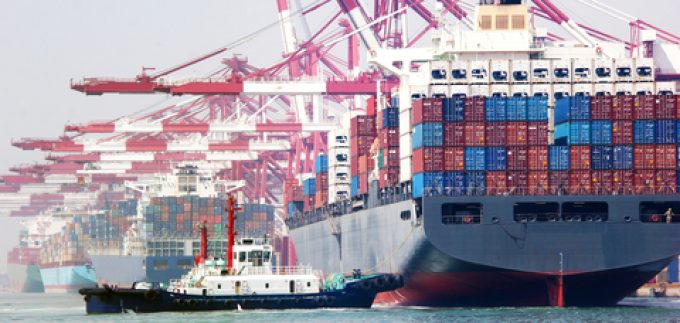Insight into Intra-Americas: South America-North America
Airfreight volume from Central and South America to North America has declined in low single ...

The outlook for the global container shipping trades continues to darken, according to Drewry’s latest container forecaster, which is predicting an industry-wide $15bn loss for next year.
Drewry’s senior manager container research, Simon Heaney, today presented a “pessimistic” outlook for the liner industry, predicting a 60% ...


Comment on this article